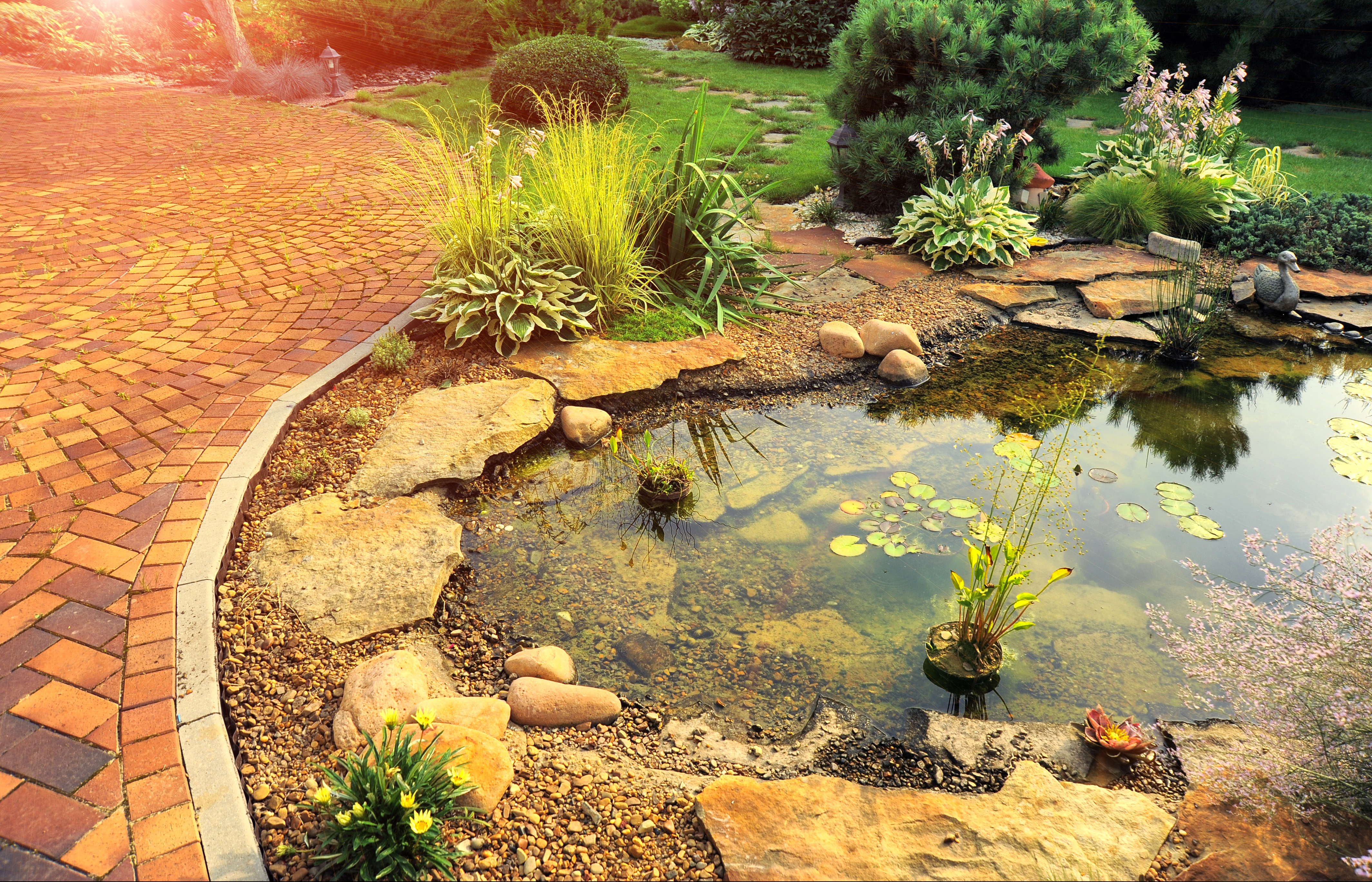Net zero landscape homes? Sustainable design for landscapes has been around for a while, touted as the ideal way to get the landscape you want while also protecting and conserving the natural environment. But can sustainable design actually create net-zero homes that create no impact (or provide a positive contribution) to the environment? Landscape architects believe that by integrating sustainable design and technology, the net-zero home can become a reality.
What Are The Most Popular Sustainable Design Elements?
In 2017, the American Society of Landscape Architects (ASLA) issued the Residential Landscape Architecture Trends Survey to gather information on the most popular and in-demand landscape projects for sustainable design. The survey revealed that consumers do prefer sustainable design for their landscape projects, and are also placing a greater priority on technology in outdoor environments. This is one of the reasons why wireless/ internet connectivity has featured in this top ten list.
- Native/adapted drought-tolerant plants – 82.31%
- Native plants – 81.60%
- Low-maintenance landscapes – 79.25%
- Food/vegetable gardens (including orchards, vineyards, etc.) – 76.52%
- Permeable paving – 76.31%
- Reduced lawn area – 72.66%
- Fire pits/fireplaces – 71.51%
- Drip/water-efficient irrigation – 71.05%
- Wireless/internet connectivity – 70.77%
- Rainwater/graywater harvesting – 70.32%
How Does Sustainable Landscape Architecture Create Net Zero Homes?
Sustainable landscape architecture is increasingly becoming integrated with technology to help create net zero structures.
The ASLA has designed a series of free online guides to the provide homeowners and landscape architects with guidelines to help reduce a landscape’s impact on the environment, by using ecological design, using low-impact materials and improving energy efficiency and water management.
These guides show different ways to integrate landscape architecture and tech to produce sustainable results under 4 different guide categories.
Guide 1: Increasing Energy Efficiency With The Help of Landscape Architects
- Reducing outdoor energy use while increasing outdoor energy generation for net zero balance.
- Choosing solar-powered LED fixtures for outdoor lighting, removing all incandescents.
- Green (vegetated) roof and wall systems, such as vertical gardens, to reduce household heating and cooling load.
- Use trees and shrubs to shade windows, doors, and walls of the home.
Guide 2: Improving Water Management: A Net Zero Landscape Architect Approach
- Implementing landscape structures that help to protect landscapes against flooding, as well as drought, while also conserving and recycling available water.
- Green infrastructure programs for water usage and conservation including bioswales, bioretention ponds, rain gardens, rainwater harvesting, water recycling, and drip irrigation.
- Improving soil condition to promote the benefits of natural stormwater management.
Guide 3: Applying Healthy Ecological Design with a Landscape Architect
- Promoting plant choice and landscape design that supports and reinforces local, native ecosystems.
- Choosing native plants for landscapes. This reduces excess water, energy, chemical fertilizers, and pesticides that damage natural ecosystems, as native plants are adapted to local environments.
- Native landscapes support pollinators and connect ecosystems in residential areas.
Guide 4: When Landscape Architects Use Low-Impact Materials
- Reuse and recycle existing materials to minimise waste.
- Use local materials to reduce transportation.
- Low impact materials are permeable to allow water to infiltrate aquifers rather than go to stormwater and sewer systems.
- Using reflective materials to reduce impacts to air temperatures and reduce home cooling.
- Using certified, sustainably-harvested woods, recycled woods, and recycled plastic or composite lumber preserve forests, which sequester carbon and greenhouse gas emissions.
- Using sustainable concrete or recycling concrete, to avoid sending usable materials to landfill.
Only by working with a skilled landscape architect can your incorporate the principles of sustainable design to work towards creating a green landscape and overall net zero environmental impact home. Contact Meadowbrook Design today to start your path towards a net zero landscape.

